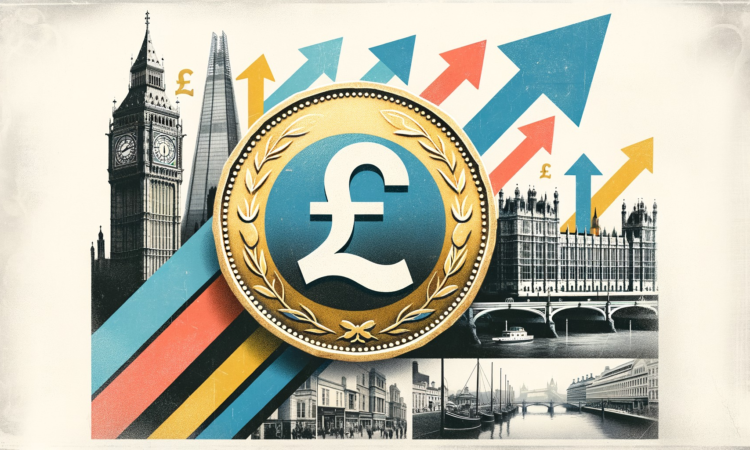
What’s going on here?
Sterling has made a remarkable comeback, with the British pound trading around $1.27 – a strong 23% rise from its record low in 2022.
What does this mean?
Despite a slight dip against the dollar this year, sterling has outperformed other developed market currencies, thanks to robust economic fundamentals. Expectations of cautious rate cuts by the Bank of England and potential political stability if the Labour Party wins the July 4 election also buoy confidence. Sterling’s value against the euro is notable too, sitting near a two-year high of 84 pence. This recovery reflects investor trust in the UK’s property rights and limited government intervention. Plus, the UK’s prominence as a financial hub, accounting for 38% of global FX turnover, supports sterling’s strength.
Why should I care?
For markets: Navigating currency fluctuations.
Market participants should note sterling’s stellar recovery, signaling a shift in global FX dynamics. The pound’s outperformance compared to other major currencies might influence investment strategies, especially those exposed to foreign exchange risks. Monitoring the Bank of England’s policy moves and the political landscape post-election will be crucial for anticipating future currency movements.
The bigger picture: Sterling’s enduring legacy.
Sterling remains vital in the global economy, being the fourth most actively traded currency and ranking third in global payment shares by value. Its historical dominance, investor confidence, and 24/7 tradability underscore its relevance. The pound’s stability despite past economic and political challenges highlights its significant role in international trade and currency reserves.



